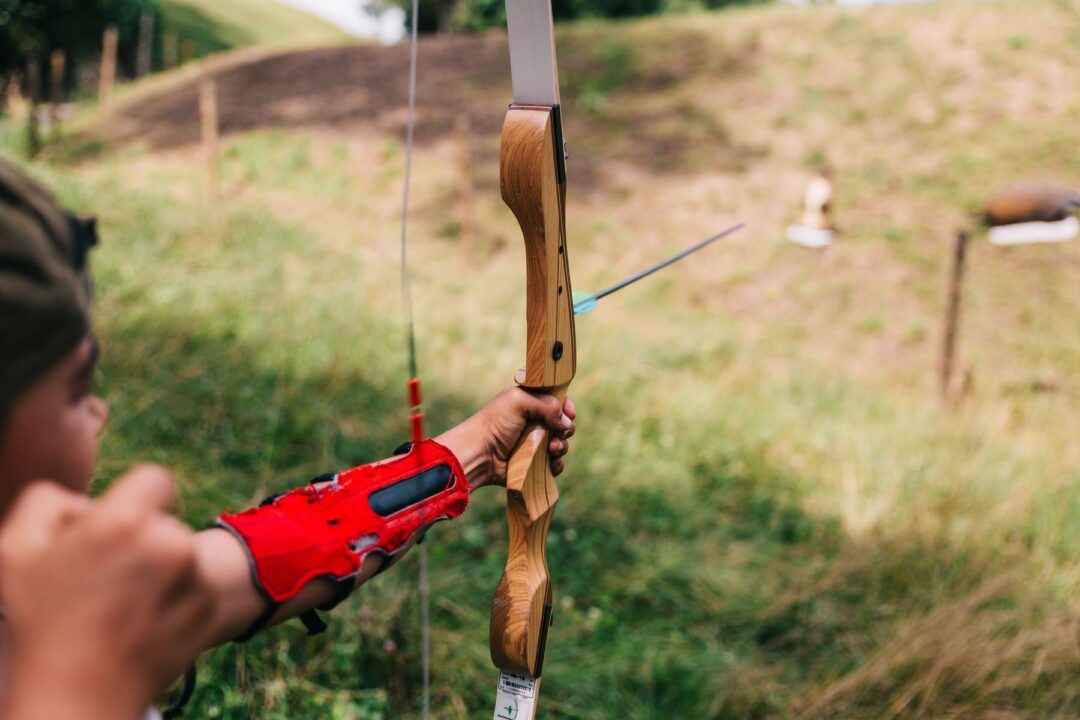Creative remote learning in science education
Written By: Author(s): Keith Rose

3 min read
Creative remote learning in science education
What’s the idea?
The current remote teaching situation means that teachers require new ways to demonstrate various principles, and creative methods are rewarding, efficacious and possibly essential.
What does the research say?
Science has a reputation as a supplier of rational rather than creative thinking, and it may be a surprise to find that incorporating creativity in science teaching has been recognised as the next step in developing science education (Kind and Kind, 2007). Scientific knowledge is built by interpreting new experiences and information, and creativity is similarly Piagetian (Schmidt, 2011). Hence, harnessing creative instincts not only helps learning but it develops techniques to address future problems in all contexts.
How does it work in practice?
The first step is to set out a framework. Most creative scientists are highly knowledgeable about their field and so introducing creativity into a lesson must rely on presenting relevant information and outlining
Join us or sign in now to view the rest of this page
You're viewing this site as a guest, which only allows you to view a limited amount of content.
To view this page and get access to all our resources, join the Chartered College of Teaching (it's free for trainee teachers and half price for ECTs) or log in if you're already a member.
0
0
votes
Please Rate this content
Subscribe
Please login to comment
0 Comments
Oldest
Newest
Most Voted
Inline Feedbacks
View all comments










